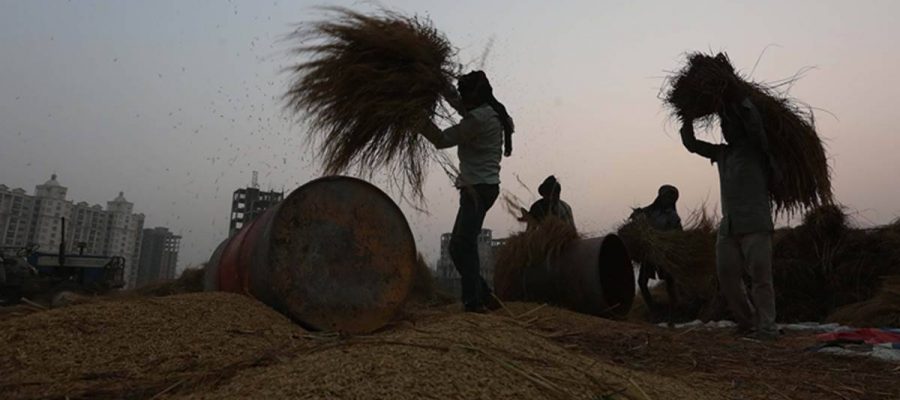Chief Minister K Chandrasekhar Rao on Monday, during a review meeting, took the decision to procure paddy, through 6,408 centres in villages, as was done last year amid the coronavirus pandemic.
After the three farm laws were passed, there had been uncertainty over paddy procurement in Telangana.
The Telangana government has decided to procure paddy this year through its centres at the village level.
After the three farm laws were passed, there had been uncertainty over paddy procurement in the state. However, Chief Minister K Chandrasekhar Rao on Monday, during a review meeting, took the decision to procure paddy, through 6,408 centres in villages, as was done last year amid the coronavirus pandemic. This year too, with cases rising, procurement at village centres will prevent overcrowding at district headquarters.
On Monday, Rao asked officials to ensure the minimum support price (MSP), for paddy brought to centres with moisture content below 17 per cent.
Paddy was cultivated on 52.76 lakh acres, and the state expects an yield of 1.17 crore metric tonnes of the coarse variety paddy and 21 lakh metric tonnes of the fine variety paddy.
According to the CM’s office, Chief Secretary Somesh Kumar was directed to hold an emergency video conference with all district collectors on setting up of procurement centres and Agriculture minister S Niranjan Reddy was asked to monitor the process. Principal Secretary (Finance) Ramakrishna Rao was directed to make arrangements to give Rs 20,000 crore bank guarantee by Tuesday evening.
The officials were asked to keep 20 crore gunny bags ready at procurement centres.
During the same meeting, the CM asked the chief secretary to identify lands to be given on lease to the Central Warehousing Corporation, which is ready to construct additional godowns to store the food grains.
The CM also wanted farmers to be ready to grow cotton in 75 to 80 lakh acres in the upcoming monsoon season as the cotton produced in the state was of better quality and, hence had a better price in the international market. Similarly, he said that arrangements should be made to cultivate red gram in 20 to 25 lakh acres, said an official statement.
Source: Read Full Article


